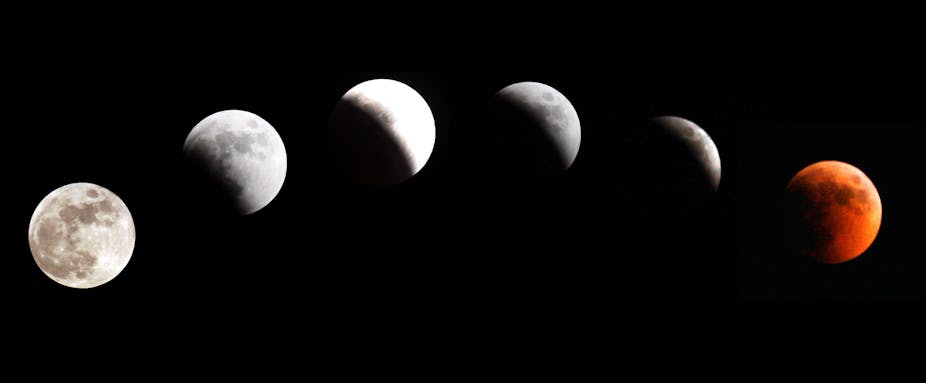The more we learn about the formation and evolution of our solar system, the more we realise it was far from a sedate, gentle process. Everywhere we look we find evidence the final stages of planetary formation were punctuated by giant collisions - planet-sized bodies ploughing into one another with predictably catastrophic consequences.
The planet Mercury, unusually over-dense and under-sized; the Martian “hemispherical dichotomy” (the marked difference between Mars’ northern lowlands and southern highlands); and Uranus’ extreme axial tilt are just three examples of odd features in our solar system best explained by such catastrophic collisions.

Planetary satellites in the solar system are thought to have formed in one of two ways. The “regular” satellites (those that orbit their host on circular paths, in the plane of their equators) are thought to have formed orbiting their planets, much as the planets are thought to have formed orbiting the sun - from a disk of material around their youthful host.
This does a very good job of explaining their low masses (relative to their host) and the way their orbits are aligned with their host’s equators.
The “irregular” satellites - a large population of typically tiny satellites, orbiting at vast distances from their hosts, on highly eccentric and tilted orbits - by contrast, are thought to have been captured during the latter stages of their host planets’ formation.

Neither of these models works for our moon. Instead, the current leading theory for the moon’s origin is that it formed in a “big smash” – a collision between the proto-Earth and a Mars-sized body, a few tens of millions of years after the start of planetary formation.
The most widely accepted version of this theory holds that a Mars-sized object formed in the inner solar system, on an orbit very similar to that of the Earth. Eventually, the two bodies collided at a relatively low velocity (in astronomical terms).
The collision greatly disrupted the proto-Earth, but fell short of destroying it completely. Instead, vast quantities of material, primarily from the mantle and crust, were sloughed off into space around Earth, with a significant fraction of that material going on to form the moon.
The beauty of this theory is that it explains some of the otherwise challenging things we know about the Earth-moon system. The moon is chemically and isotopically very similar to the Earth - but it is depleted in heavy elements such as iron.
That’s really hard to explain if you think the moon formed alone, then was captured in our orbit (since it would then have accreted similar amounts of iron to Earth). But if you accept the moon is made primarily from material from the mantle and crust of the Earth, then its composition makes perfect sense - after all, the Earth is differentiated, so most of the heavy stuff has sunk to the core.
This theory also explains the unusually high mass of the moon relative to the Earth (and the associated high angular momentum of the system), the moon’s unusual orbit, and many other features.
A number of slightly different versions of this story have been proposed in recent years - suggesting the collision could have been a bit faster, and even that the moon itself was involved in a second collision later on.
But the core of the theory is now widely accepted: the moon was (most likely) formed in a big smash.
This is the second part of our series on the moon. To read the other instalments, follow the links below:
Part One: I see the moon: introducing our nearest neighbour
Part Three: Out on the pull: why the moon always shows its face
Part Four: With or without you: the role of the moon on life
Part Five: Satellite of love: our on-off relationship with the moon

